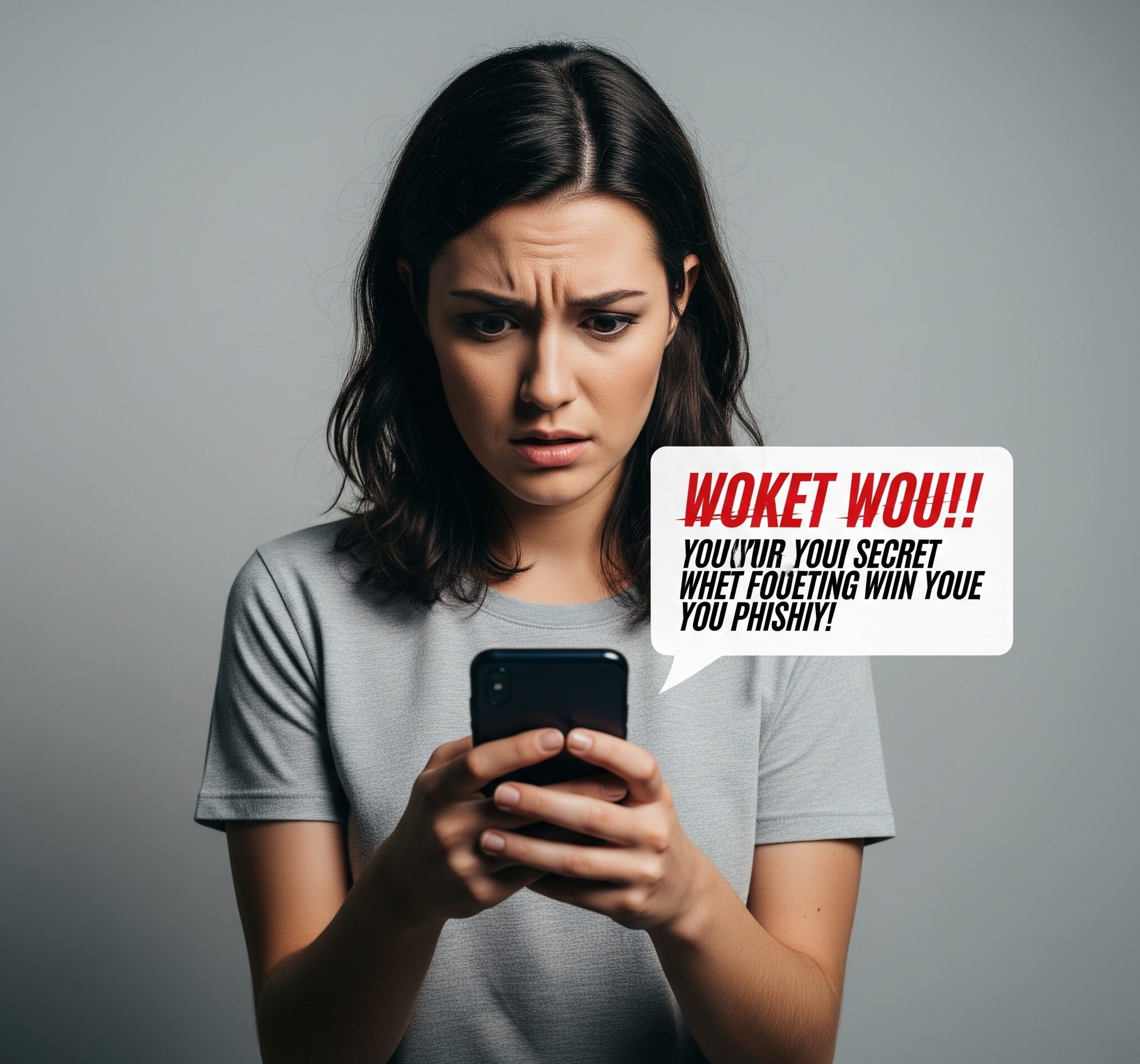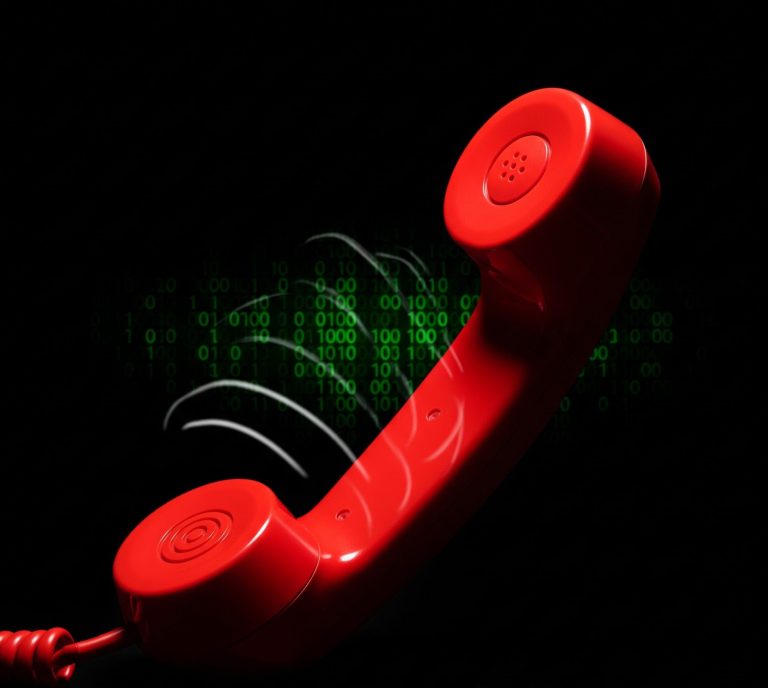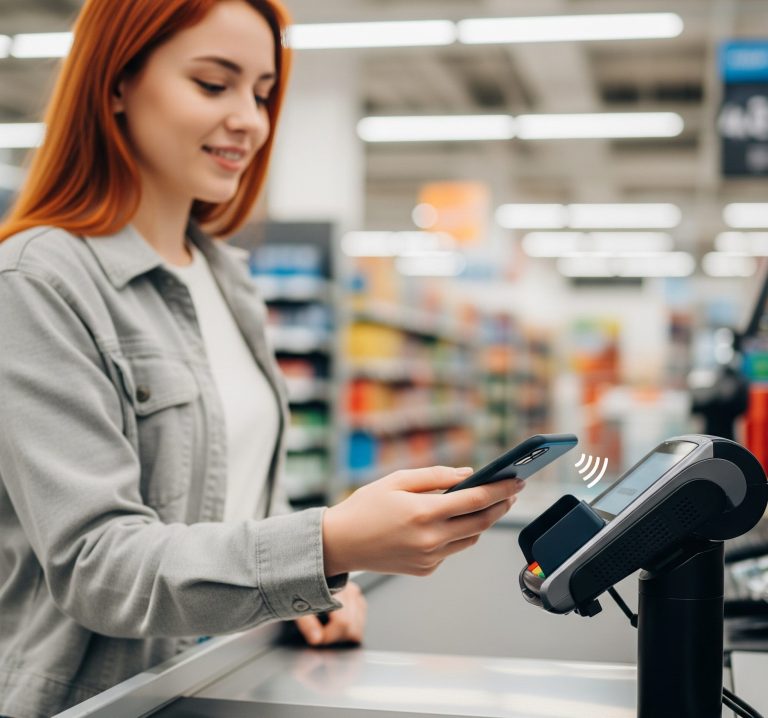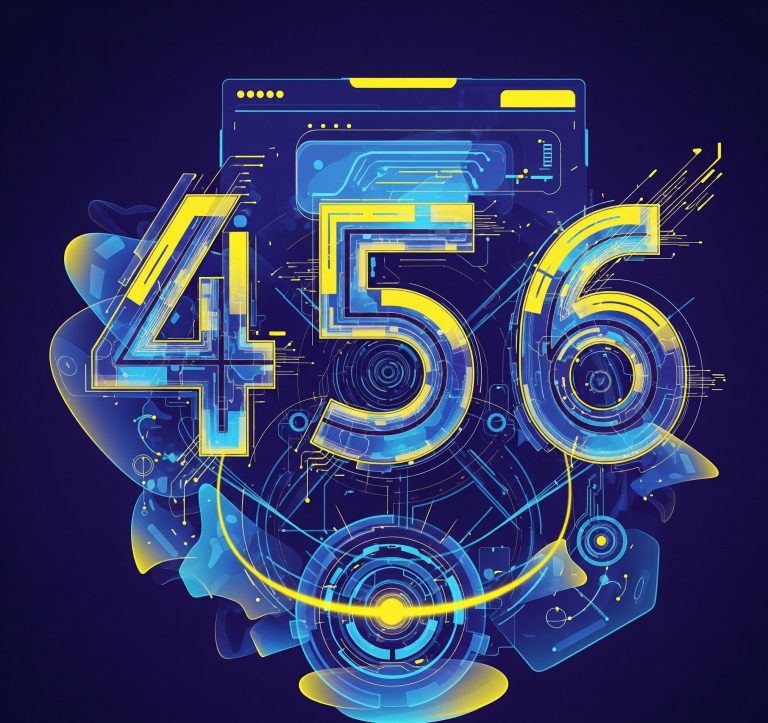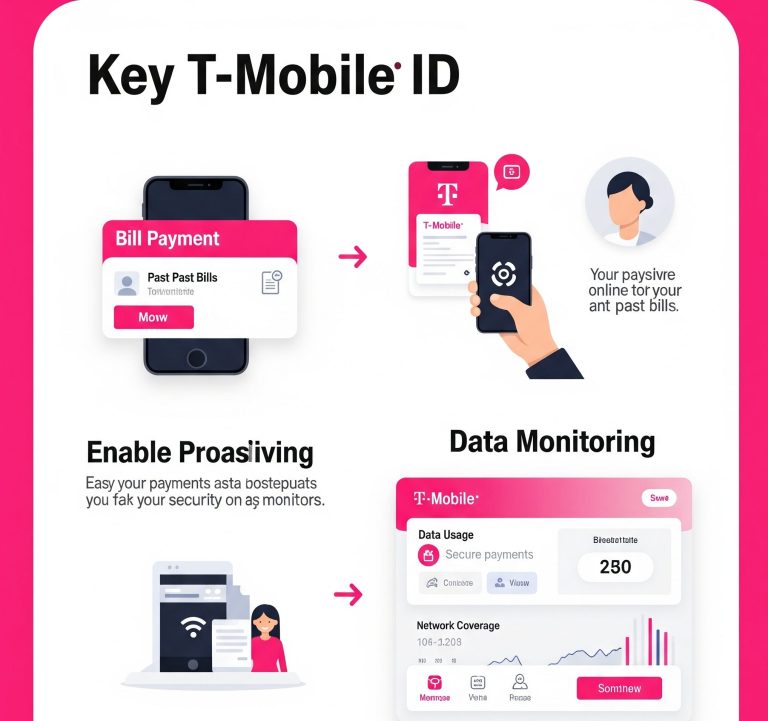In an age of digital communication, a simple text message can be both a convenient tool and a potential threat. If you’ve received a text from the 73981 short code, you’re not alone. This five-digit number is the source of both legitimate financial alerts and deceptive scams, making it crucial for consumers in the United States to understand its dual nature. This article will serve as your comprehensive guide to the 73981 short code, explaining its official purpose, how to spot fraudulent messages, and what actions to take to protect yourself.
Contents
What is a Short Code and Why is 73981 Significant?
A short code is a 5- or 6-digit number used by businesses to send and receive text messages at a high volume. These codes are often used for marketing, alerts, and two-factor authentication. The 73981 short code is particularly noteworthy because it is officially used by Bank of America, one of the largest financial institutions in the United States, for its security notifications.
The Legitimate Use: Bank of America’s SafePass
When you interact with your Bank of America account online, you may receive a text message from the 73981 short code. This is a legitimate security measure known as “SafePass.” These messages typically contain a one-time verification code that you need to enter to complete a transaction or log in to your account. This two-factor authentication (2FA) adds a critical layer of security, helping to ensure that only you can access your financial information.
Legitimate messages from the 73981 short code will typically be concise and directly related to an action you have just taken. For example, the message might read: “Your Bank of America SafePass code is 123456. If you did not request this code, please contact us immediately.”
The Dark Side: Scammers Impersonating Bank of America
The official use of the 73981 short code by a major bank has unfortunately made it a prime target for scammers. In a tactic known as “smishing” (SMS phishing), fraudsters send text messages that appear to come from the 73981 short code to trick individuals into revealing sensitive personal and financial information.
How the Scam Works
These fraudulent messages often create a sense of urgency or fear to prompt a quick, unthinking response. Common scam tactics involving the 73981 short code include:
- Fake Fraud Alerts: You might receive a message claiming that suspicious activity has been detected on your account and that you need to click a link to verify your identity or unfreeze your account.
- Bogus Transaction Verifications: The message may ask you to confirm a large, fake transaction by replying “YES” or “NO.” If you respond, the scammers know they have a live number and may follow up with a phone call impersonating a bank representative.
- Phishing Links: The most dangerous messages contain links that lead to fake websites designed to look like the official Bank of America login page. If you enter your username and password on these fraudulent sites, the scammers can capture your credentials and gain access to your accounts.
A key red flag of a scam message is a request for personal information, such as your account number, Social Security number, or debit card PIN. Bank of America will never ask for this information via text message.
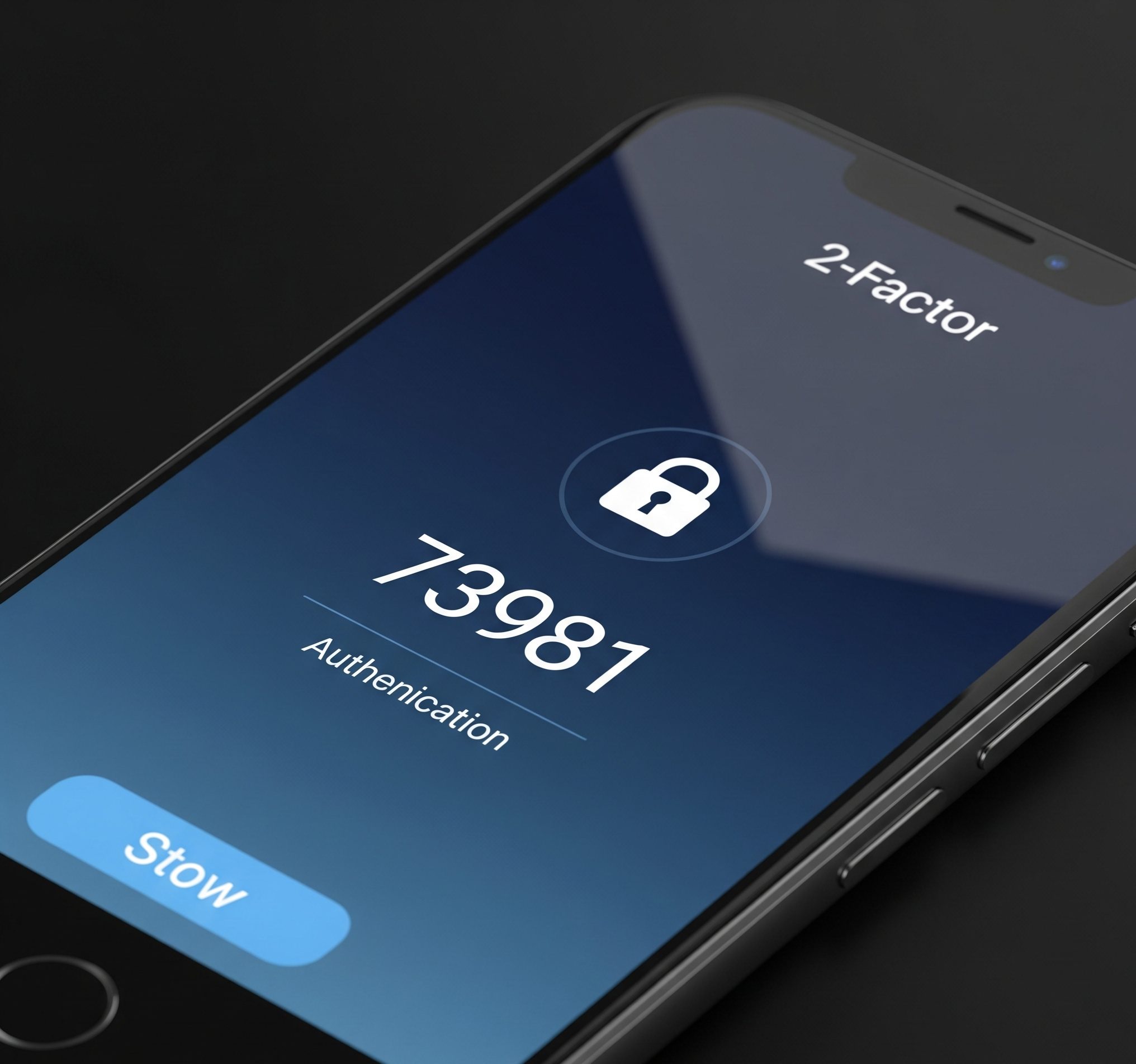
How to Protect Yourself: Identifying and Responding to 73981 Texts
Given the dual use of the 73981 short code, it’s essential to approach every message with a healthy dose of skepticism. Here’s a step-by-step guide to help you stay safe:
- Analyze the Message Content
- Be Wary of Urgency: Scammers often use phrases like “URGENT,” “IMMEDIATE ACTION REQUIRED,” or “ACCOUNT SUSPENDED” to create panic. Legitimate alerts are typically more neutral in tone.
- Check for Grammatical Errors and Awkward Phrasing: While not always present, spelling mistakes and poor grammar can be telltale signs of a scam.
- Never Click on Unsolicited Links: If you receive a text with a link, even if it appears to be from the 73981 short code, do not click it. Instead, open a new browser window and manually type in the official Bank of America website (bankofamerica.com) to log in to your account and check for any alerts.
- Verify the Context
- Did You Initiate an Action? A legitimate SafePass code will only be sent when you are actively trying to log in or complete a transaction. If you receive a code unexpectedly, it could be a sign that someone else is trying to access your account.
- When in Doubt, Contact the Bank Directly: If you are unsure about the legitimacy of a message from the 73981 short code, do not reply to the text or call any phone number provided in the message. Instead, call the number on the back of your debit or credit card, or visit a local branch to speak with a representative.
What to Do If You Receive a Suspicious Message
If you suspect you have received a fraudulent text from the 73981 short code, here are the recommended actions:
- Do Not Reply: Replying to a scam message confirms that your phone number is active, which can lead to more spam and scam attempts.
- Report the Message: You can forward the suspicious text to the number 7726 (which spells “SPAM”). This is a free service provided by most major wireless carriers to help them identify and block fraudulent messages. You can also report the smishing attempt directly to Bank of America by forwarding the message to [email protected].
- Block the Number: While scammers often spoof numbers, blocking the 73981 short code can prevent you from receiving both legitimate and fraudulent messages. If you are a Bank of America customer and wish to continue receiving valid alerts, be cautious with this step.
How to Stop Legitimate 73981 Short Code Messages
If you are a Bank of America customer and wish to opt out of receiving text alerts from the 73981 short code, you can typically do so by replying with the word “STOP.” You should receive a confirmation message that you have been unsubscribed. You can also manage your alert preferences within your online banking portal.
conclusion
the 73981 short code is a powerful tool for both secure banking and deceptive criminal activity. By staying informed, being vigilant, and knowing how to respond, American consumers can confidently navigate the complexities of text-based communication and protect their financial well-being. Remember, when it comes to your financial security, a moment of caution can prevent a lifetime of trouble.

